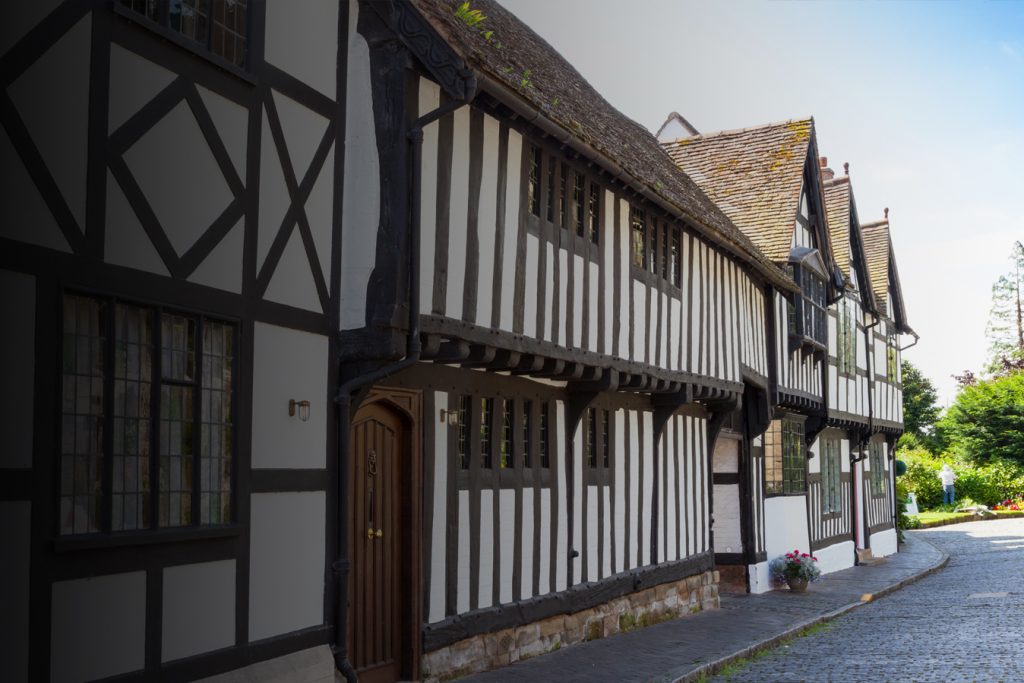Heritage
By integrating vacuum glazing, homeowners can achieve modern energy efficiency standards without compromising the unique character and charm of their heritage buildings.
Preserving Architectural Integrity
Vacuum glazing’s ultra-thin profile (as slim as 6.15mm) allows it to be retrofitted into existing timber sash and casement windows, maintaining the original sightlines and aesthetic of heritage buildings. Unlike traditional double glazing, it avoids the “double reflection” effect, ensuring the visual authenticity of period properties is preserved.
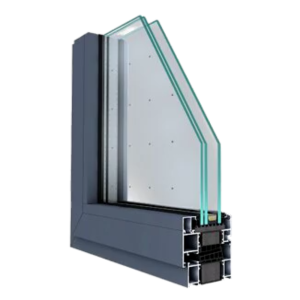
VIG Installations Made Simple
With thickness options ranging from just 6.15mm in single PassivGlas™ VIG to 28mm and beyond in PassivGlas™ Ultimate – featuring a thermally broken spacer and an additional glass lite for IGU-level insulation – our advanced vacuum glass seamlessly integrates into various domestic and commercial properties. It maximises natural light while ensuring superior energy efficiency and indoor comfort.
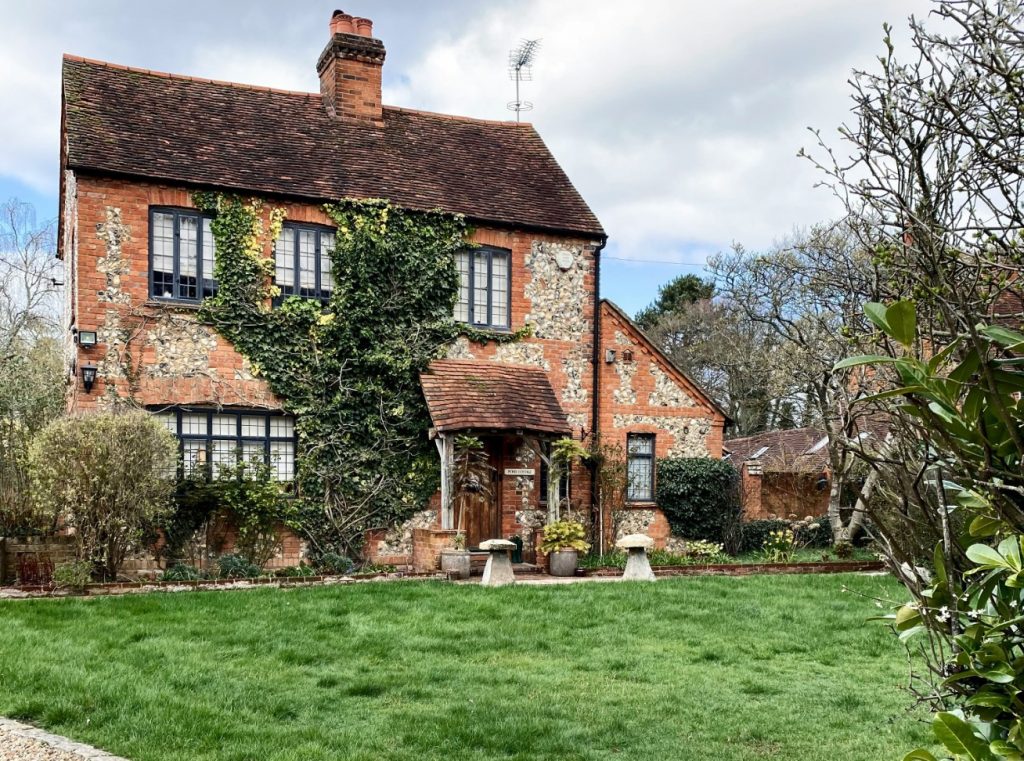
Superior Thermal Performance
in a profile as slim as 6.15mm
Offering U-values as low as 0.49 W/m²K, vacuum glazing provides insulation comparable to triple glazing while being significantly thinner. This enhancement dramatically reduces heat loss, leading to improved indoor comfort and lower energy bills, all without altering the building’s appearance.
Exceptional Thermal Insulation
Achieve U-values as low as 0.49 W/m²K to reduce heat loss and enhance year-round comfort.
Superior Acoustic Performance
A vacuum layer minimises sound transmission for a quieter indoor space. UKAS tested sound reduction of Rw 36 dB
Slim, Lightweight Design
With a thickness of just 6.15 mm, ideal for retrofits or new builds.
Guaranteed for 15 Years
Built for sustainability and reducing carbon footprints. Backed with a 15 year guarantee
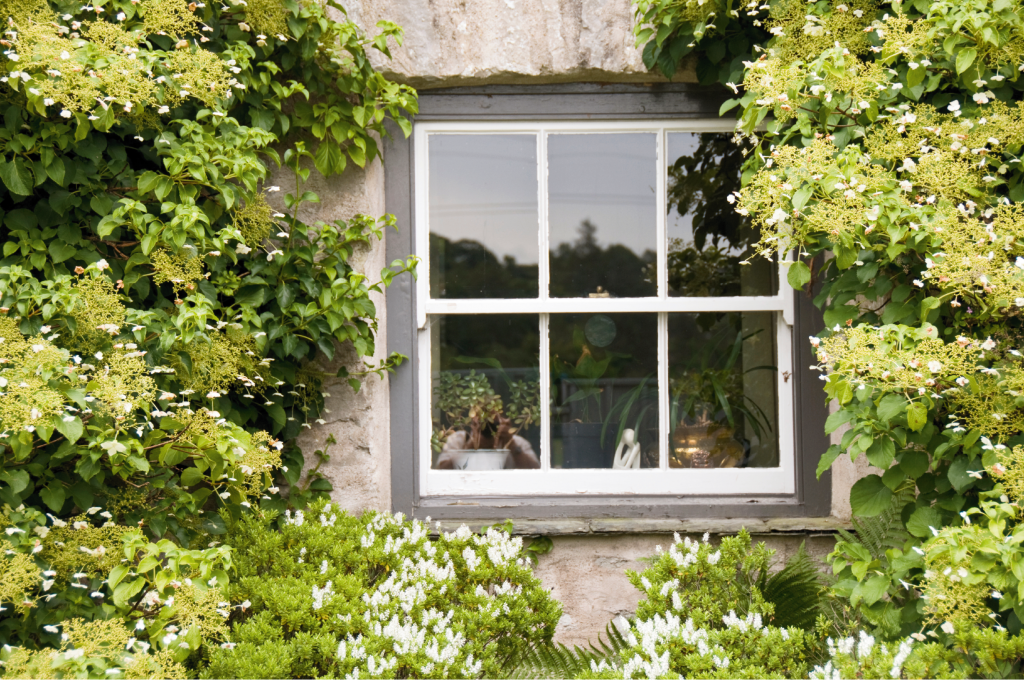
Enhanced Acoustic Insulation
36dB of Sound Reduction
Heritage properties often suffer from poor sound insulation. Vacuum glazing addresses this by achieving weighted sound reduction indices up to 36dB, effectively minimizing external noise from traffic and urban environments, thereby enhancing the tranquility of historic homes.
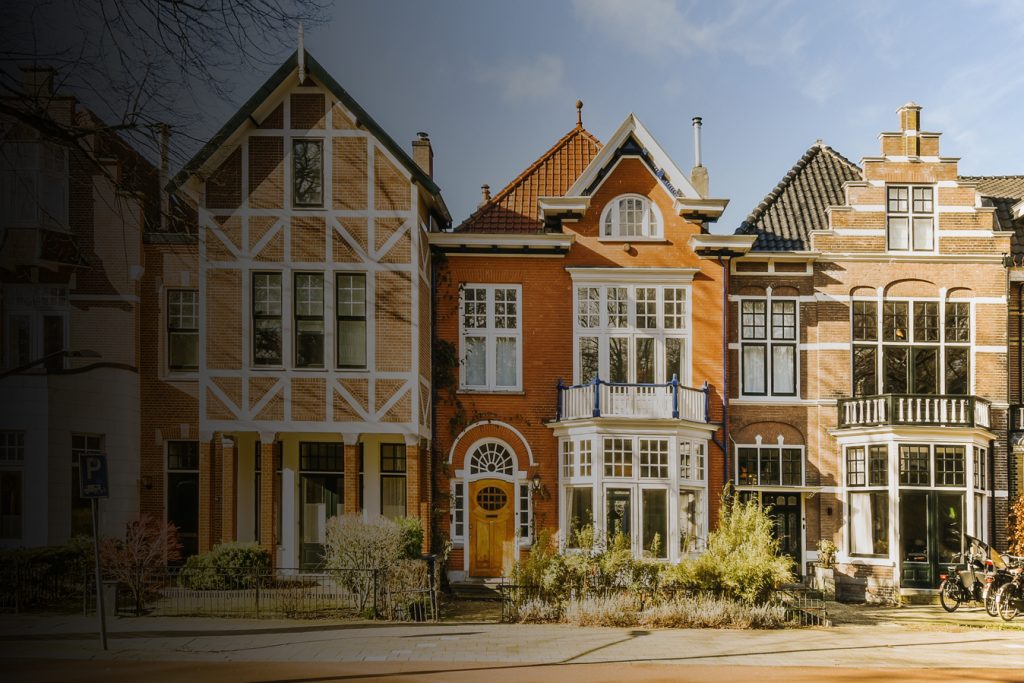
Compliance with Conservation Regulations
Vacuum glazing is frequently approved by conservation officers due to its minimal impact on the original fabric of listed buildings. Its slim design allows for installation without significant alterations, aligning with guidelines from bodies like Historic England, which recognize its suitability for improving energy efficiency in historic structures.
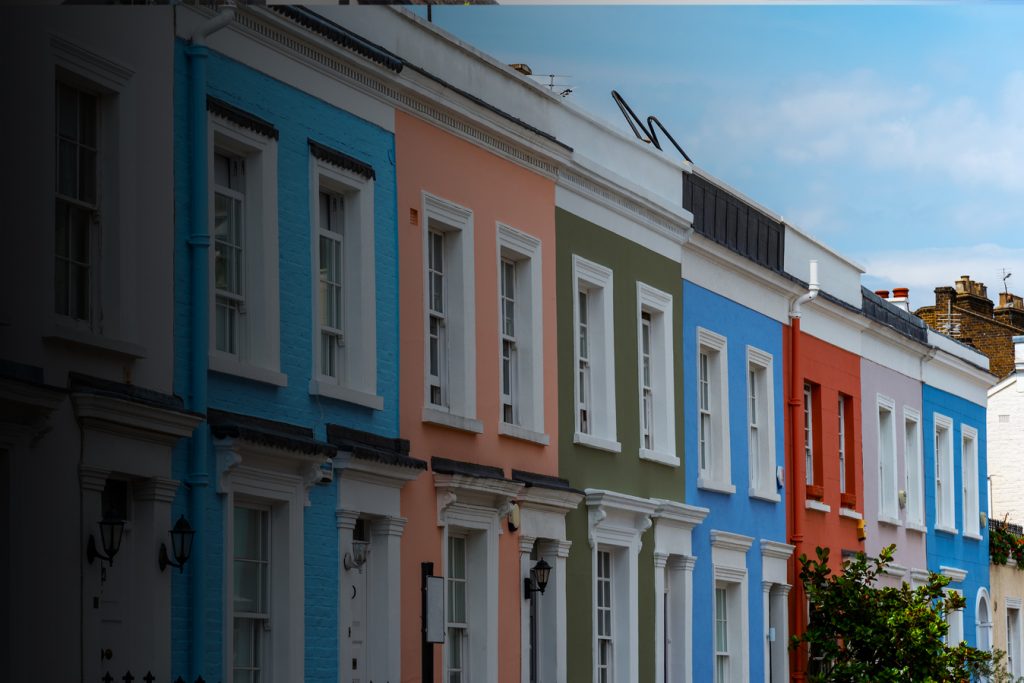
Sustainability and Longevity
Manufactured without inert gases and fully recyclable, vacuum glazing aligns with sustainable building practices. PassivGlas™ has a 15-year warranty and is designed for long-term performance, reducing the need for frequent replacements and contributing to lower carbon footprint over the building’s lifecycle.
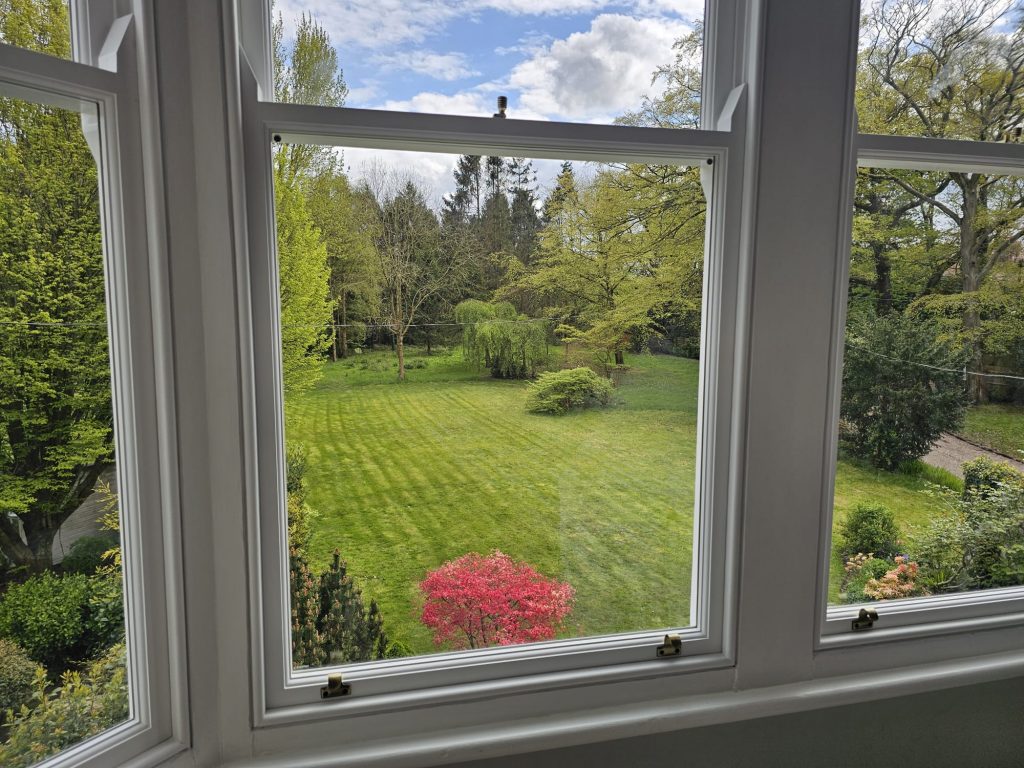
Versatility in Application
Vacuum glazing can be tailored to various shapes and sizes, making it suitable for a wide range of heritage window styles. Whether retrofitting existing frames or incorporating into new timber windows designed to match historical aesthetics, it offers flexibility to meet the specific needs of conservation projects.
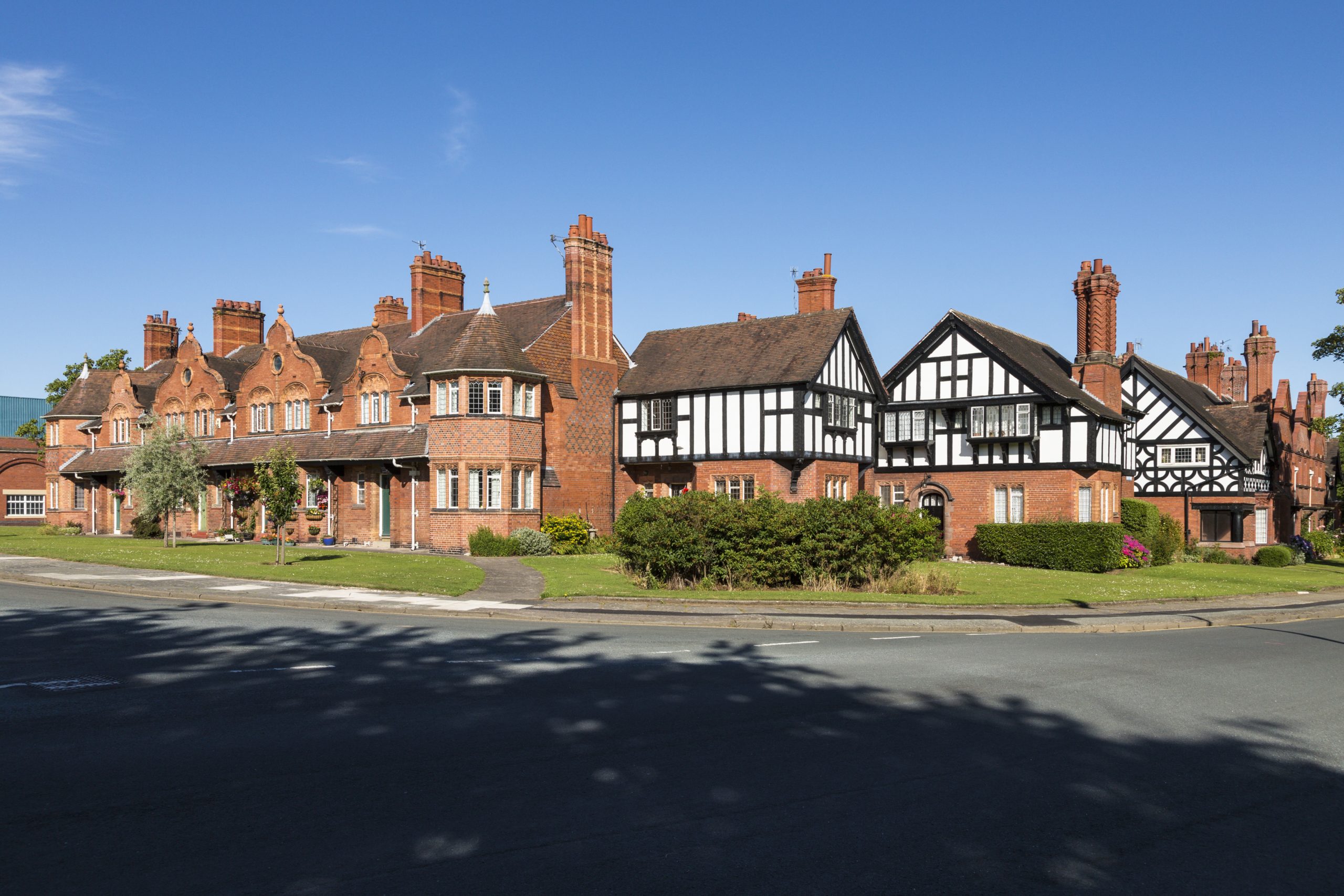
Key Benefits of Vacuum Glazing for Heritage and Listed Buildings
Preserve Original Aesthetics: With a slim profile as thin as 6.15mm, vacuum glazing maintains the traditional appearance of single-glazed windows, making it ideal for conservation areas and listed properties.
Exceptional Thermal Performance: Achieve U-values as low as 0.49 W/m²K, significantly improving energy efficiency while retaining historic character.
Enhanced Acoustic Insulation: Reduce external noise by up to 36 dB, ensuring a peaceful indoor environment without altering the building’s facade.
Compliance: Vacuum glazing is often approved by heritage authorities due to its minimal impact on the building’s original fabric and appearance.
Long-Term Durability: Designed to last over 25 years, vacuum glazing offers a sustainable solution with minimal maintenance requirements.
Eco-Friendly Retrofit Solution: By enhancing insulation, vacuum glazing reduces energy consumption and carbon emissions, contributing to environmental sustainability.
Frequently Asked Questions
What are vacuum units?
Vacuum Insulated Glazing or VIG is an advanced fenestration type of insulating unit. It consists of two glass panes, like a standard Insulating unit, but rather than the spacer bar and an air gap, VIG’s are separated by a micro vacuum gap, with a glass solder edge seal.
Are they fully tested?
Yes, they are tested to recognised industry standards:
Impact resistance: EN 12150-2 & ANSI Z97.1-37 & EN 12600 & BS356 (recently completed)
Weathering: EN1279-5 & ASTM E546/E2188/E2189
U-Value: ISO8301/EN12667 (Recently UKAS tested) & ASTM C518
Soundproof: ISO 10140-2 (Recently UKAS tested)
Do the standard units use coated glass?
Yes, all PassivGlas™ Linear units incorporate a Low-e single silver toughenable coating.
In order to meet the current Part O regulations, a Low-e double silver coating would be needed to meet the 70/40 requirements. Please check with VGN as to availability and MOQ for this product range.
What is the expected life?
Expected life on the unit is 25+ years due to there being no spacer bar to fail.
Will there be any condensation
Condensation is formed when the air temperature surrounding an object falls below the dew point and changes into a liquid
Internal:
Although condensation will not form on the internal surface of a VIG unit, Vacuum Glazing does not eradicate condensation from the room.
The warmer inner glass will potentially change the rooms cold point.
It is advisable to ensure all rooms have effective ventilation/circulation.
External:
Condensation may form on the external glass surface under certain conditions.
Generally, forms a grid around the micro-pillars.
Will disappear when the outside temperature warms with the morning sun.
It is an indication of how efficiently your windows are at reducing thermal loss.
Condensation between glasses:
An indication that the Vacuum has been lost.
Consult your supplier to confirm course of action.

